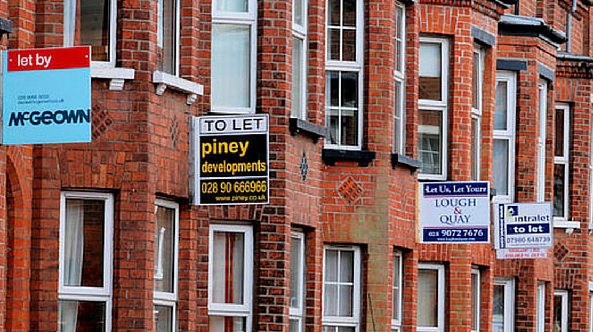Savills has once again revised its outlook for the UK housing sector, looking at both short- and long-term outcomes. Here’s what could happen to house prices, transaction levels and regional markets next.
New residential market predictions from Savills have revealed continuing high levels of activity in the housing market. Based on a range of factors that the firm expects will influence the sector going forward, it has released an updated set of predictions for the months and years ahead.
Economic stability plays a major role in what happens to the property sector, the report points out. Mortgage availability as well as buying power are all influenced by the state of the economy. However, the government stimulus of the stamp duty cut will hold up transaction numbers. For borrowers, the likelihood of the Bank of England increasing the base rate at least in the short term is slim, and this should keep mortgage rates down. This as well as strong buyer appetite from both within and outside the UK are expected to maintain house price growth.
Short-term outlook
According to Nationwide, UK house prices saw their biggest annual rise last month since 2016. On average, values rose by 5% this September compared to September 2019. On a monthly basis, they increased by 0.9%, says the building society.
This, as well as RICS data showing high levels of buyer interest, means Savills is predicting 4% growth in house prices by the end of the year (from January). The figure is in spite of an “expected potential loss of momentum in the final quarter of the year given the end of furloughing and renewed Brexit uncertainty”.
The Savills report adds that total transaction levels could be much higher than earlier predictions. Delays in conveyancing could also push completions into next year, keeping momentum going.
It adds: “Such price growth and activity would represent a quite remarkable outcome given the economic backdrop. But it is increasingly clear that, as far as the housing market is concerned, the experience of lockdown means that normal rules do not apply – for now at least.”
What about 2021?
The stamp duty holiday ends in March next year, while the new tax on foreign investment also comes in then. According to Savills, this will support transaction levels at the start of next year. However, this is also when unemployment could reach a peak.
“What happens after that will depend on the extent to which the economic recovery has gained a foothold (which, as things stand, presents the biggest risk to our forecasts),” says the report.
Oxford Economics predicts a -9.7% contraction of the UK economy for 2020, despite a recent rebound. But next year, the economy should grow by +8.5%, says the firm. Unemployment should begin to “fall progressively” over the following three quarters of 2021. This “limits the potential for price falls over the course of the year as a whole”.
Five-year forecast looking brighter
Savills has also updated its predictions for the next five years in terms of house prices. Between 2020 and 2024, it expects property prices to increase by an accumulative 20.4%.
On a year by year basis, Savills believes 2020 house prices will end the year 4% higher than at the start. Next year though, as the economic situation impacts the sector, it expects 0% growth overall. However, for 2022, the forecast rises to 4%, then 6.5% for 2023, and finally 4.5% for 2024.
It also looks more closely at how the market could perform on a regional basis. As was the case prior to coronavirus, Savills expects markets beyond the south of England to be the strongest in the medium-term.
On a five-year basis, the north-west is still at the top of the list for house price growth (27.3% accumulatively). This is followed by Scotland (25.4%), Yorkshire and the Humber (24.1%) and the East Midlands (22.6%). Wales (22.3%), the West Midlands (21.7%) and the north-east (21.7%) are all also forecast to see higher than average growth.
“Less exposure to the anticipated spike in unemployment is expected to support the market here and in London in the near term,” says Savills. “However, we anticipate that this will be offset by the withdrawal of the stamp duty holiday after March 2021.”
“In the same way that this has provided the greatest financial boost to buyers in these areas since its introduction, so it is likely to have the biggest dampening effect over the remainder of next year.”










